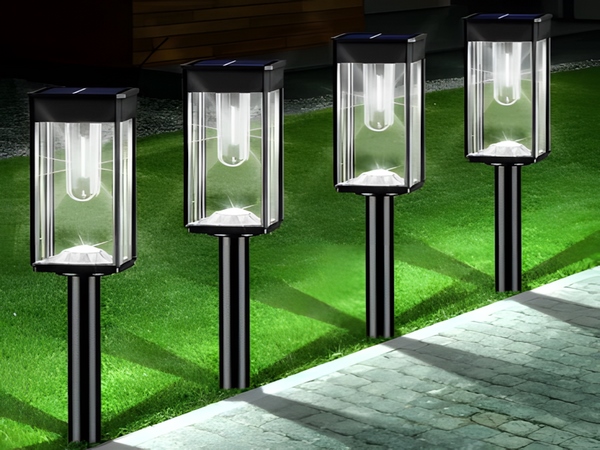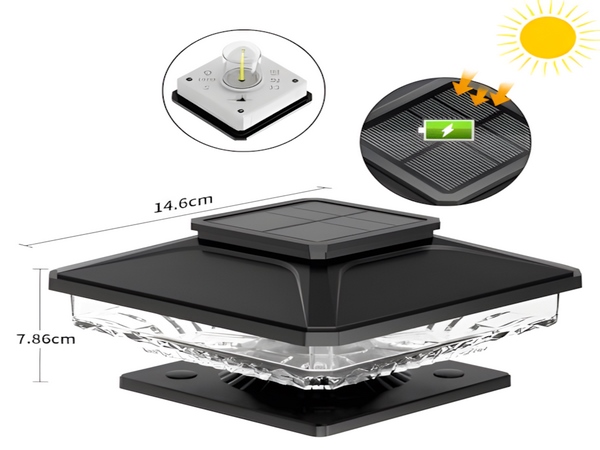
In recent years, the construction of new rural areas in our country has improved significantly, with many rural areas now looking very nice. Not only are the roads well-built and smooth, but there are also many decorative plants. Since the roads are already well constructed, a bright streetlight is essential. This is where solar street lights for rural areas come in. What is the design principle of rural solar street lights? Next, the editor from Century Sunshine Lighting will introduce this to you.
Design principles of rural solar street lights:
1. Solar street light controller
The controller is the key component of the entire solar street light system. Its main function is to comprehensively manage the battery. A good controller should set each key parameter point according to the characteristics of the battery, such as overcharging point, excessive discharge point, recovery connection point, and SOC discharge control. When selecting a solar street light controller, special attention should be paid to the parameters for the recovery connection point. Since batteries have a self-recovery voltage characteristic, when a battery is in an excessively discharged state, the controller disconnects the load. When the battery voltage recovers, if certain controller parameters are set improperly, the light may flicker, shortening the lifespan of both the battery and the light source.

2. Solar battery module

The voltage of the solar battery module decreases with increasing temperature. Due to high temperatures, the voltage loss of the battery module is about 2V, and the voltage drop across the diode on the charging controller is 0.7V. Therefore, components with a working voltage of 18V are chosen. Due to the particularity of solar street lights, solar panels are usually installed on the poles. For streetlight poles that are generally over 5 meters high, with a high center of gravity and most solar panels hanging to enhance the overall equipment, multiple solar panels are typically selected to compose the required component power to withstand wind.
3. Choice of light source
Choosing the light source is a crucial step for solar street lights. Currently, there are very few light sources specifically designed for solar street lights. To reduce energy loss, a DC light source is chosen. Common light sources include DC energy-saving lamps, high-frequency induction lamps, low-pressure sodium lamps, and LED light sources.
4. Battery (set)
When selecting batteries, it is important to consider the impact of discharge rate, temperature, and depth of discharge on battery capacity. Therefore, deep-cycle solar batteries must be used. When batteries are connected in parallel, the imbalance between individual batteries must be considered. Normally, the number of parallel groups should not exceed four.
This concludes our discussion on the design principles of rural solar street lights. We hope this article is helpful to everyone. If you have any questions, feel free to leave a message, and we will respond as soon as possible.



